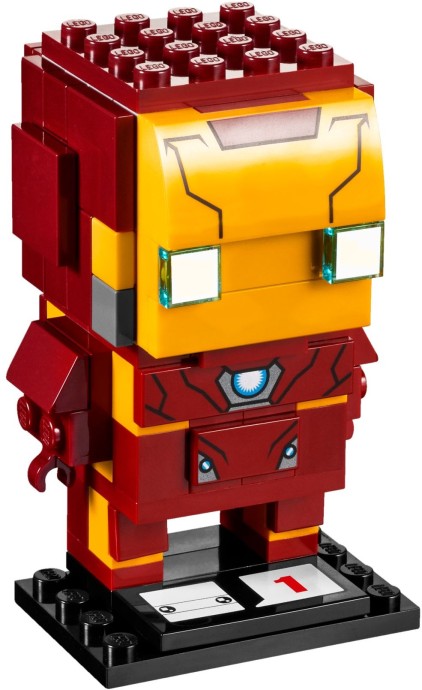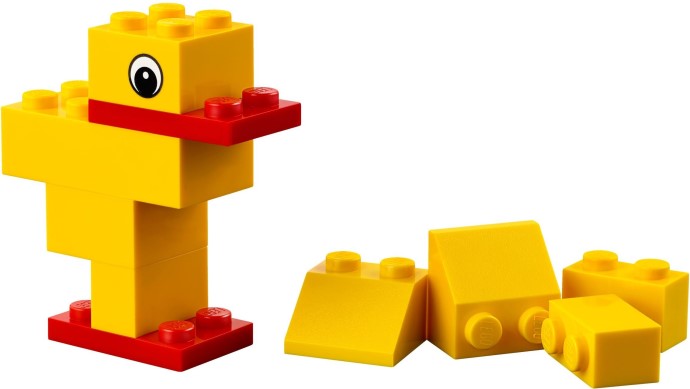

LEGO Turtles Rescue Mission 41376
Embark on a daring rescue mission with the LEGO Friends Turtles Rescue Mission set. Unleash…


LEGO Newt Scamander & Gellert Grindelwald 41631
Immerse yourself in the magical world of Fantastic Beasts with the LEGO BrickHeadz Newt Scamander…


LEGO Spider-Man & Doctor Octopus Mech Battle 76198
Prepare for an unprecedented clash of colossal proportions with the LEGO Marvel Spider-Man: Spider-Man &…


LEGO Captain America and Hydra Face-Off 76189
Calling all young super heroes! Ignite your imagination and unleash your building skills with the…


LEGO Jay’s Golden Dragon Motorbike 71768
Get ready to embark on a thrilling adventure in the vibrant world of Ninjago with…


LEGO Police Interceptor 42047
Gear up for an adrenaline-fueled pursuit with the sleek Police Interceptor from LEGO Technic. With…


LEGO 1989 Batmobile 76139
Get ready to take a thrilling journey back in time with the LEGO DC Batman…


LEGO Iron Man 41590
Introducing the astounding Iron Man BrickHeadz construction character, a magnificent marvel to behold! Crafted with…


LEGO Animal Free Builds – Make It Yours 30541
Unleash your inner beastly architect with the Animal Free Builds - Make It Yours from…


LEGO Team Spidey’s Mobile Headquarters 10791
Embark on an exhilarating arachnid adventure with LEGO's Marvel Team Spidey's Mobile Headquarters (10791), where…